 |
21 Aug 2015 |
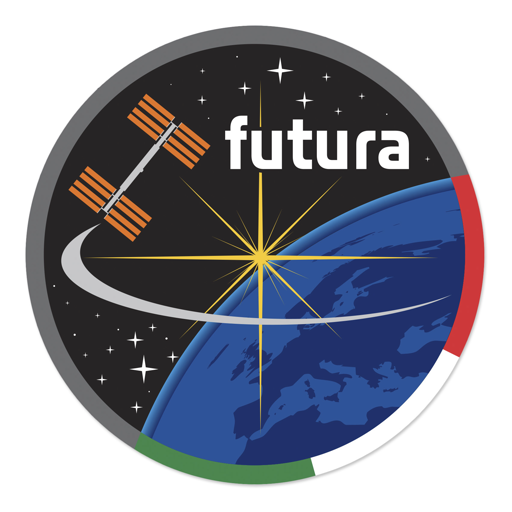
|
Samantha Cristoforetti will be the seventh Italian astronaut to fly in space and her mission is the second long-duration mission for Italy's ASI space agency, following Luca Parmitano's Volare mission in 2013. The logo reflects Italy's involvement using the three colours of the national flag.
The Futura mission will blast off on 23 November and Samantha will follow ESA astronaut Alexander Gerst on the Space Station.
Samantha was a fighter pilot in the Italian air force before joining ESA's astronaut corps in 2009. She will be the third astronaut of ESA's new recruits to fly in space. She is fluent in many languages and her trip to the Station will be the 42nd expedition.
During the six months she stays on the space laboratory she will run new international experiments and continue the research of her astronaut colleagues.
|
 |
13 Jul 2015 |
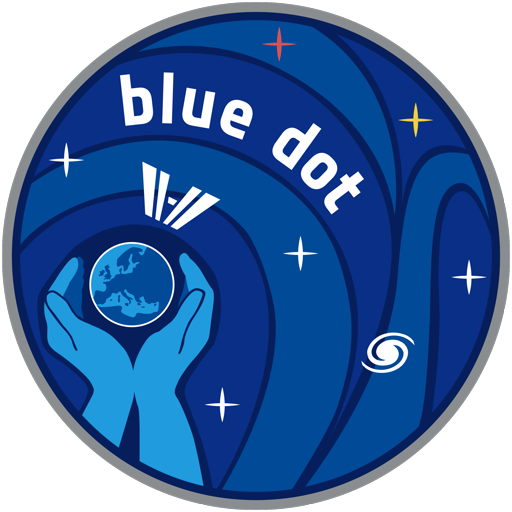
|
ESA Astronaut Alexander Gerst left Earth from Baikonur cosmodrome in Kazakhstan, on 28 May 2014. He flew on a Soyuz spacecraft to the International Space Station with Russian cosmonaut Maxim Viktorovich Surayev and NASA astronaut Gregory Reid Wiseman.
|
 |
22 Apr 2014 |
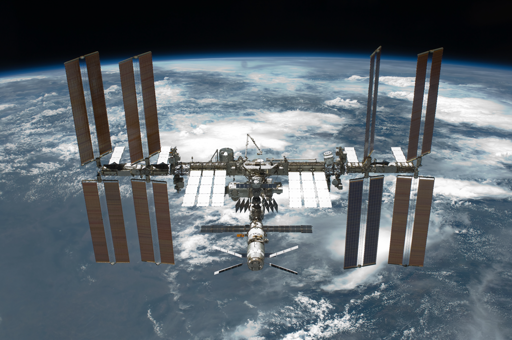
|
ESA ISS science explained by the principal investigators.
|
 |
20 Nov 2013 |
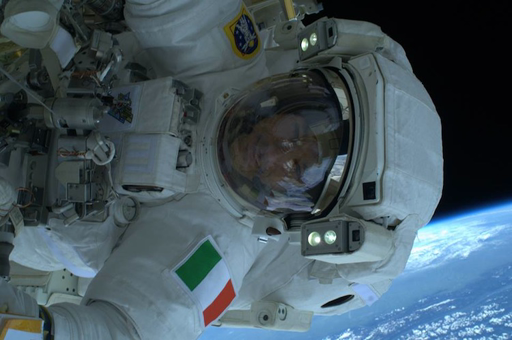
|
ESA astronaut Luca Parmitano is set to fly to the International Space Station in May 2013. He will spend six months on the International Space Station on Expedition 36/37 under an agreement with Italy's ASI space agency and NASA. |
 |
17 Oct 2013 |
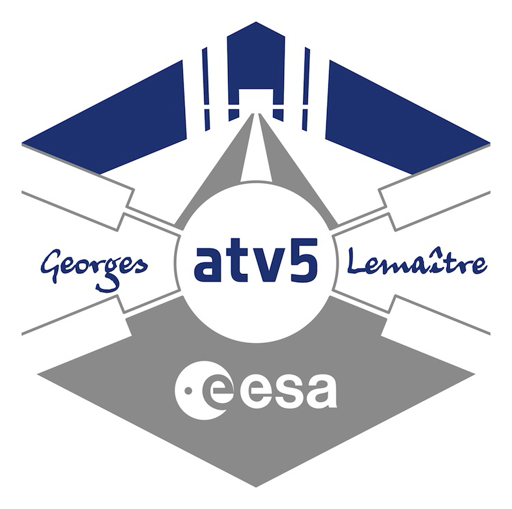
|
ATV-5 has been named after Belgian physicist Georges Lemaître, father of the Big Bang theory. Automated Transfer Vehicles are multi-function unmanned ferries sent into orbit by the European Ariane 5 launcher. Each spacecraft can deliver up to 7 tonnes of cargo to the International Space Station including supplies and equipment, water, air, nitrogen, oxygen and fuel. Once attached, ATV refuels the Space Station and can also reboost it: ATV's propulsion system is used to raise the Station to a higher orbit, counteracting the atmospheric drag that slowly causes the Space Station to lose attitude. ATV can even boost the Station to avoid collisions with space debris and provide attitude control. |
 |
12 Sep 2013 |
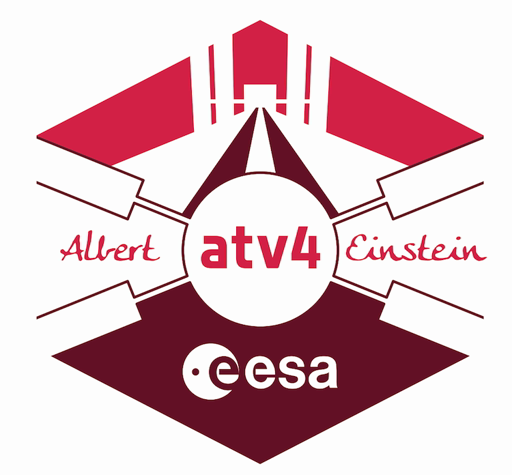
|
This latest ATV - named after German-born physicist Albert Einstein - was lowered by an overhead crane onto its Ariane 5 inside the 90-meter-tall Final Assembly Building in French Guiana. The payload fairing which will complete the launcher build up will be mounted closer to the launch date, allowing for loading of late cargo for the ATV's International Space Station servicing mission. This second Ariane 5 flight of 2013 is scheduled for a June 5 liftoff. |
 |
05 Nov 2012 |
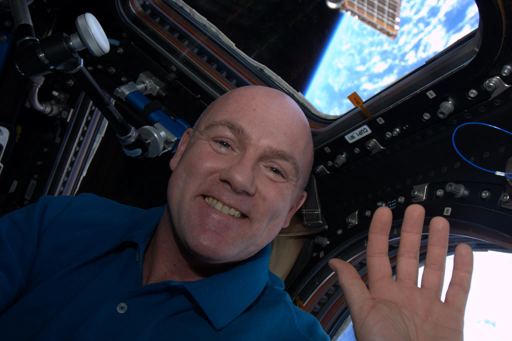
|
ESA astronaut Andre Kuipers and crewmates Oleg Kononeko and Don Pettit docked on 23 Dec 2011 with the International Space Station in their Soyuz TMA-03M spacecraft. They will work aboard the Station now for five months and return to Earth in May.
|
 |
28 Jun 2012 |
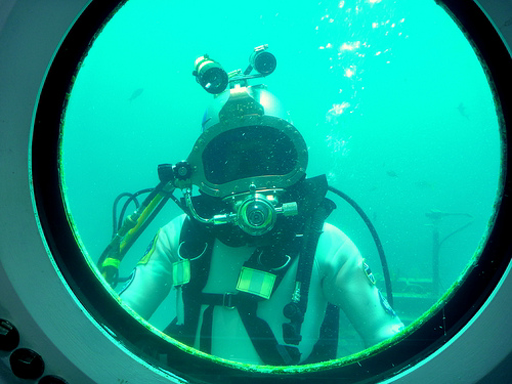
|
On June 11, NASA sent the 16th aquanaut crew to live for two weeks in Aquarius, the world's only undersea laboratory. NASA leases the laboratory each year from the National Oceanic & Atmospheric Administration (NOAA) to conduct research and simulate mission activities in the water's low gravity. NEEMO missions are performed at Aquarius because the isolation, constrained habitat and crew quarters, harsh environment, and reduced gravity challenge aquanauts to perform mission operations despite extremely formidable conditions. Much like space, the undersea world is a hostile, alien place for humans to live. NEEMO crew members experience some of the same challenges there that they would on a distant asteroid, planet or moon. The NEEMO 16 objectives focus on asteroid mission scenarios, but the operational and technical concepts that the team is investigating are common to any long-duration human exploration mission:
Testing these mission concepts in the weightless underwater environment helps NASA understand the challenges of sending humans to explore an asteroid. Long-duration NEEMO missions provide astronauts with a realistic approximation of situations they will likely encounter on missions in deep space and provide an understanding of how to carry out daily operations in a simulated planetary environment. |
 |
29 Mar 2012 |
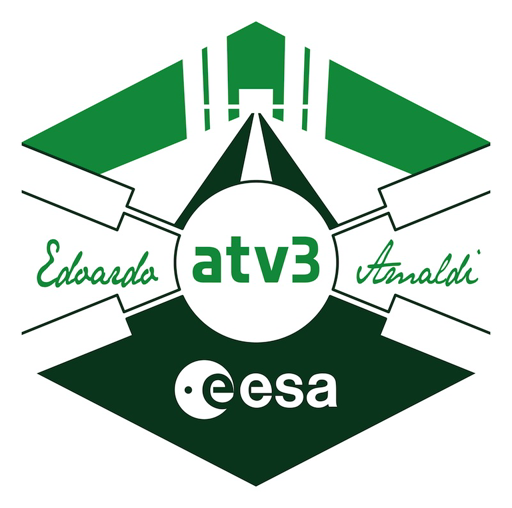
|
ESA's third Automated Transfer Vehicle, scheduled for launch on an Ariane 5 from Europe's Spaceport in French Guiana on 23 March, is planned to dock with the International Space Station five days later. ATV-3 will automatically dock with the Station's Russian Zvezda module during the night of 28%u201329 March. The precise time will be known after launch, which is set for 04:31 GMT (05:31 CET) on Friday, 23 March. The flight of ATV-3 is part of the internationally coordinated servicing effort to support the International Space Station. |
 |
04 Oct 2011 |
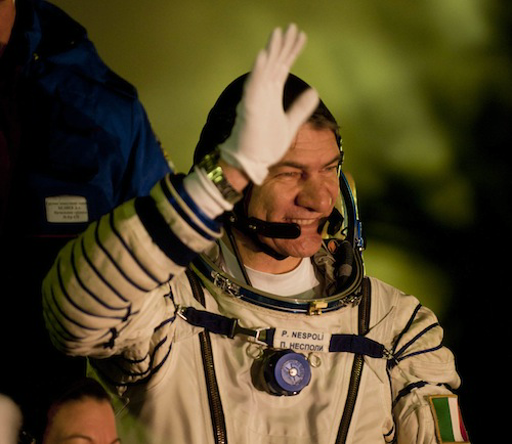
|
During his MagISStra mission, Paolo Nespoli will live and work on the International Space Station (ISS) with Kondratyev and Coleman as members of Expeditions 26 and 27. The Latin-flavoured name combines the word magistra, the female teacher, with the acronym of the International Space Station, continuing ESA's tradition of having ISS within the mission name. MagISStra also echoes the humanistic value of the mission, because it reflects the special link with education. It is one of the three dimensions of the flight, together with science and technology. The mission logo features a human being, who can be seen as the Paolo himself, projected from the ISS. The value of the mission to Earth is symbolised by three icons between the arms: the plant denoting scientific research, the gears for technology, and the book as knowledge. The six stars represent the six crewmembers living on the Station during the mission and the six months that Paolo will stay in space, as well as the idea of Europe. |
 |
04 Oct 2011 |
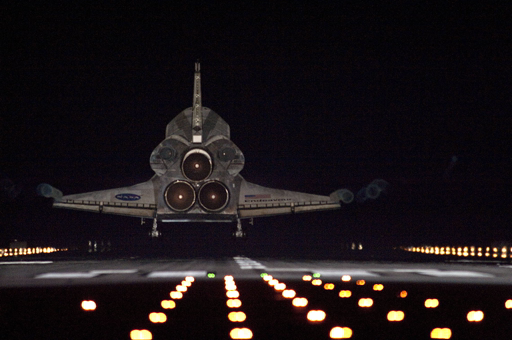
|
Roberto's mission is named DAMA in reference to the search for the mysterious dark matter that will be conducted by the 6.9-tonne fundamental physics payload, the AMS-02 Alpha Magnetic Spectrometer, probably the most ambitious science payload ever launched to the Station. AMS-02 will help scientists to understand better the fundamental issues on the origin and structure of the Universe by observing antimatter and "dark" matter. It was launched on Space Shuttle mission STS-134. Crew members are Commander Mark Kelly, Pilot Gregory H. Johnson and Mission Specialists Michael Fincke, Greg Chamitoff, Andrew Feustel and European Space Agency astronaut Roberto Vittori. |
 |
03 Mar 2011 |
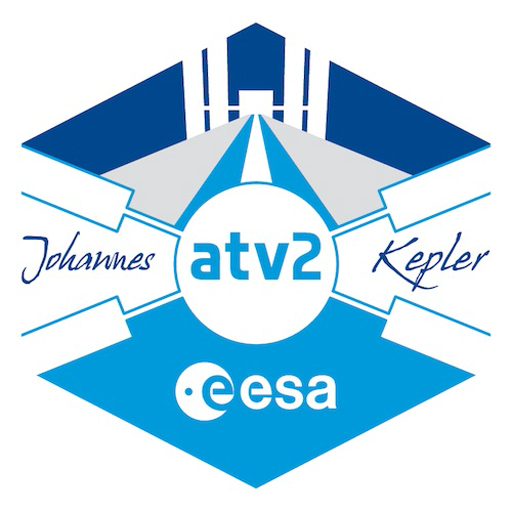
|
ATV Johannes Kepler (ATV-2) is the first operational ATV, following the highly successful ATV Jules Verne qualification flight in 2008. With a total mass of over 20 tonnes, it is the heaviest payload ever launched by Europe. ATV is a highly sophisticated spacecraft, combining an autonomous free-flying platform, a manoeuvrable space vehicle and %u2013 when docked %u2013 a space station module. To achieve an automated docking under the very tight safety constraints imposed by human spaceflight rules, ATV carries high-precision navigation systems, highly redundant flight software and a fully autonomous collision-avoidance system with its own independent power supplies, control and thrusters. About 10 m high with a diameter of 4.5 m, ATV includes a 45-cubic m pressurised module and a Russian docking system, similar to those used on the Soyuz manned ferries and the Progress resupply ships. With its solar wings deployed, ATV spans 22 m. Almost three times larger than Russia's Progress, it can also deliver about three times the cargo load. ESA's latest Automated Transfer Vehicle is ready for launch to the International Space Station on Tuesday, 15 February at 22:08 GMT from Europe's Spaceport in Kourou, French Guiana. The unmanned spaceship will deliver essential supplies and reboost the Station during its mission lasting three and half months. |
 |
10 Aug 2010 |
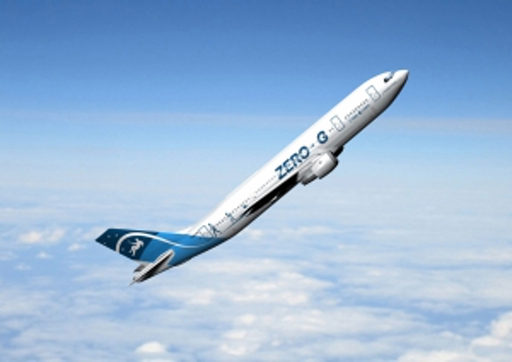
|
Videos and highlights on ESA Parabolic Flight Campaigns.
|
 |
05 Feb 2010 |
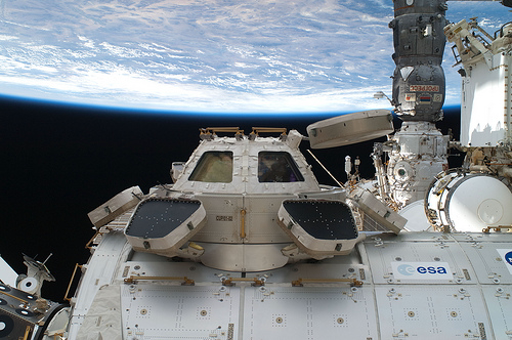
|
Node 3 and Cupola were launched on the Space Shuttle Endeavour, STS-130. Shuttle flight STS-130 was launched on Monday 8 February at 10:14 CET from NASA's Kennedy Space Centre (KSC). It delivered Node 3 (named "Tranquility" by NASA), one of the three ISS interconnecting modules that houses the life support equipment necessary for a permanent crew of six. This mission also carried the European-built Cupola observation module, a seven window dome-shaped structure from where the Space Station's robotic arm can be be operated and the crew has a panoramic view of space. |
 |
13 Oct 2009 |
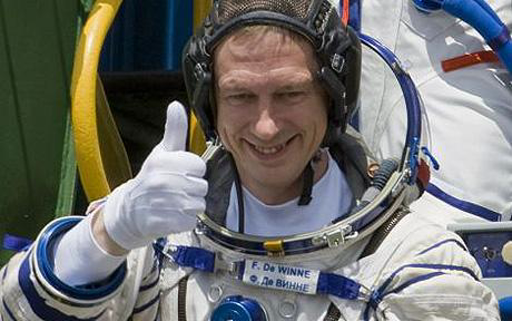
|
OasISS mission, ESA's second long-duration mission to the International Space Station (ISS). This flight saw Frank De Winne, from Belgium, become the first European to take command of the largest human outpost ever assembled in space. When De Winne, Romanenko and Thirsk arrived on the ISS in May 2009, they joined the three resident astronauts to form the first permanent crew of six, allowing more scientific experiments to be conducted onboard. |
 |
24 Sep 2009 |
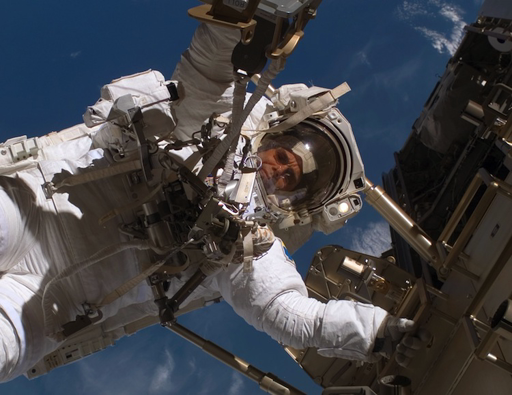
|
The Alissé mission is ESA astronaut Christer Fuglesang's second spaceflight. The mission gets underway with the launch of Space Shuttle Discovery from NASA's Kennedy Space Center. The launch of Discovery on Shuttle flight STS-128 is scheduled for 25 August 2009. A principal focus of Fuglesang's mission is his spacewalk activities as a Mission Specialist for STS-128. Fuglesang also undertakes experiment, educational and public relations activities as part of the Alisse' Mission. |







